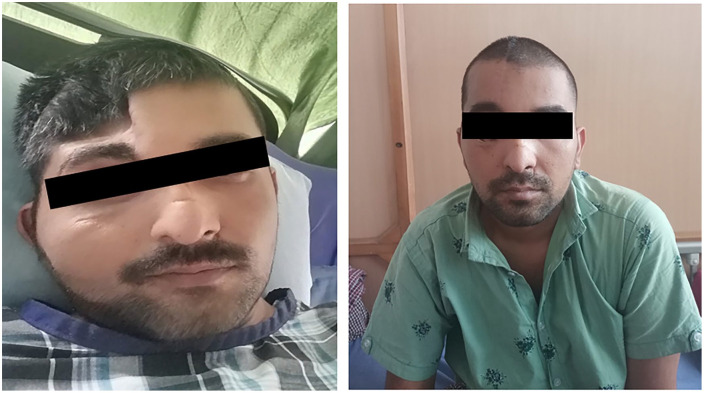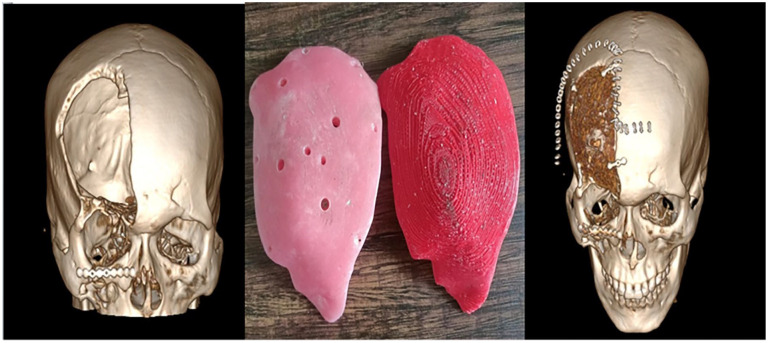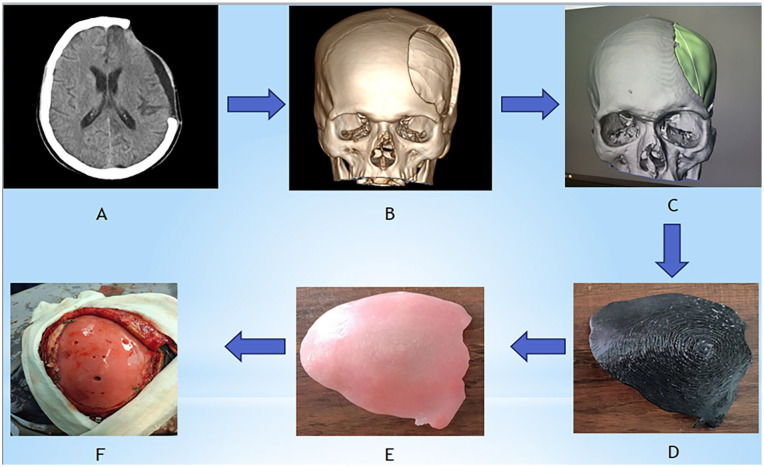Cranial Defect Repair With 3D Designed Models.
IF 3.1
Q3 ENGINEERING, BIOMEDICAL
Biomedical Engineering and Computational Biology
Pub Date : 2024-10-14
eCollection Date: 2024-01-01
DOI:10.1177/11795972241291777
引用次数: 0
Abstract
Cranioplasty is one of the most common neurosurgical procedure performed to repair cranial defect. Many materials and fabrication technique are used to prepare cranial implant in cases where autologous bone is not available. Polymethyl Methacrylate (PMMA) is one of the most common polymer used as bone substitute. PMMA fabricated using 3D printed models have shown better fit, symmetrical shape, and restore esthetic looks of patients. The use of 3D printed implants in medical procedures has several advantages over traditional manufacturing methods. 3D printing allows for greater precision, customization, and quicker implant time.



利用 3D 设计模型修复颅骨缺损
颅骨成形术是修复颅骨缺损最常见的神经外科手术之一。在没有自体骨的情况下,许多材料和制造技术被用来制作颅骨植入物。聚甲基丙烯酸甲酯(PMMA)是最常用的骨替代聚合物之一。使用三维打印模型制作的 PMMA 具有更好的贴合性、对称性,并能恢复患者的美观。与传统制造方法相比,在医疗程序中使用三维打印植入物具有多项优势。三维打印可以实现更高的精度、定制化和更快的植入时间。
本文章由计算机程序翻译,如有差异,请以英文原文为准。
求助全文
约1分钟内获得全文
求助全文
来源期刊

Biomedical Engineering and Computational Biology
ENGINEERING, BIOMEDICAL-
自引率
0.00%
发文量
1
审稿时长
8 weeks
 求助内容:
求助内容: 应助结果提醒方式:
应助结果提醒方式:


